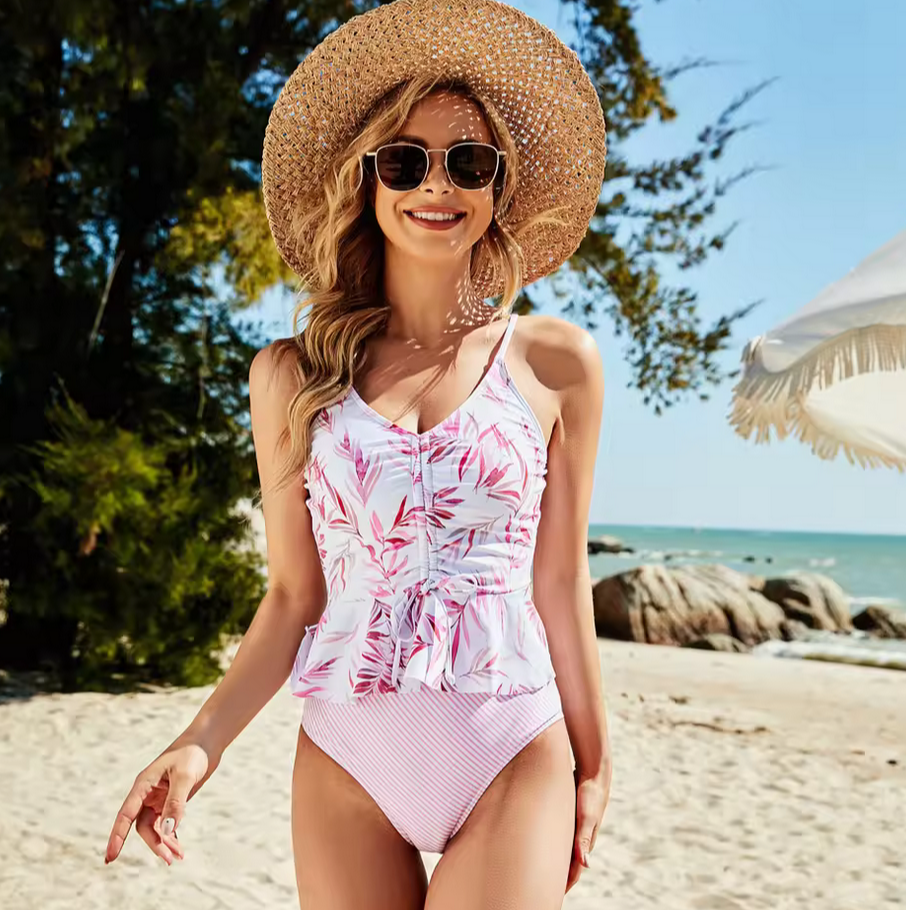The Evolution of Shapewear and How It Empowers Modern Women
Shapewear has become a wardrobe staple for many women, offering a blend of functionality and confidence. Defined as a type of undergarment designed to sculpt and support the body, shapewear has evolved significantly over time. From its roots in rigid corsetry to today’s comfortable and innovative designs, shapewear reflects the cultural and societal ideals of beauty throughout history. In the modern world, shapewear plays a vital role in empowering women, offering them the freedom to express themselves while feeling their best.
The Historical Journey of Shapewear
a. Ancient Beginnings
Shapewear’s origins can be traced back to ancient civilizations such as Egypt, Greece, and Rome. In these societies, corsets and girdles were used to accentuate certain features of the body, symbolizing status and beauty. These early garments, though primitive compared to today’s standards, set the stage for shapewear’s enduring role in fashion and society.
b. The Renaissance and Victorian Era
During the Renaissance and Victorian periods, corsetry became an essential element of women’s attire. These structured garments cinched the waist and emphasized the bust and hips, aligning with societal expectations of beauty. However, this came at a cost: the restrictive nature of these garments often caused health issues, including difficulty breathing and weakened muscles, highlighting the tension between aesthetics and comfort.
c. The 20th Century Revolution
The 20th century marked a dramatic shift in the shapewear landscape. The decline of restrictive corsets in favor of flexible girdles mirrored the growing women’s liberation movements. As women demanded more freedom in their lives and wardrobes, shapewear evolved to prioritize comfort and functionality. The introduction of materials like nylon and elastane revolutionized the industry, paving the way for the sleek, stretchable designs we see today.
Modern Shapewear: Innovation Meets Comfort
a. Materials and Technology
Modern shapewear leverages advanced materials and technology to deliver unmatched comfort and performance. Breathable, stretchable, and lightweight fabrics ensure that shapewear remains practical for daily wear. Seamless designs eliminate visible lines under clothing, while innovative compression techniques provide effective support without sacrificing comfort.
b. Inclusive Designs for All Body Types
The shapewear industry has embraced inclusivity, offering a wide range of sizes and styles to cater to diverse needs. Specialized options like maternity shapewear and post-surgical support garments address specific requirements, while products designed for various skin tones ensure that everyone can find a perfect match.
c. Sustainability in Shapewear
With growing awareness of environmental concerns, the shapewear industry has taken steps toward sustainability. Many brands now use eco-friendly materials and adopt ethical production practices. Reusable and biodegradable shapewear options are becoming increasingly available, appealing to environmentally conscious consumers.
How Shapewear Empowers Modern Women
a. Confidence and Self-Esteem
Shapewear provides a psychological boost by helping women feel put-together and confident. It serves as a tool for self-expression, enabling women to wear what they want without worrying about imperfections. This empowerment fosters individuality and self-acceptance.
b. Functionality Beyond Aesthetics
Beyond its aesthetic benefits, shapewear offers practical advantages. Many products provide support for posture, alleviating back pain and enhancing comfort. Additionally, shapewear can aid in postpartum recovery and support medical conditions, further broadening its appeal.
c. Breaking Beauty Stereotypes
Shapewear plays a crucial role in challenging traditional beauty norms. By prioritizing personal comfort and individual preferences, it empowers women to redefine beauty on their own terms. This shift fosters a culture of self-acceptance and inclusivity.
Influences Shaping the Future of Shapewear
a. Celebrity Endorsements and Pop Culture
Celebrities and influencers have significantly impacted the shapewear industry by promoting body positivity and embracing diverse beauty standards. Notable brands like Skims by Kim Kardashian have brought shapewear into the spotlight, demonstrating its potential to blend fashion and function.
b. Role of Technology and AI
Technology is driving innovation in shapewear, with AI enabling designs tailored to individual body measurements. Virtual try-ons enhance the shopping experience, ensuring that customers find the perfect fit without trial and error.
c. Market Trends and Consumer Preferences
Consumer demand for multifunctional shapewear, such as activewear-shapewear hybrids, reflects the blending of lifestyle and functionality. Wellness and self-care trends continue to shape the market, encouraging the development of versatile and comfortable products.
Criticisms and Challenges
While shapewear has many benefits, it also faces criticism. Concerns about promoting unrealistic body standards and over-reliance on shapewear for confidence remain prevalent. Addressing these myths and misconceptions is vital to maintaining a balance between empowerment and societal pressures.
Shapewear has undergone a remarkable transformation from its origins as a tool of restriction to a symbol of empowerment. By combining innovation, inclusivity, and comfort, modern shapewear enables women to feel confident and free. As the industry continues to evolve, it promises to further redefine beauty standards and support women in expressing their individuality..
















